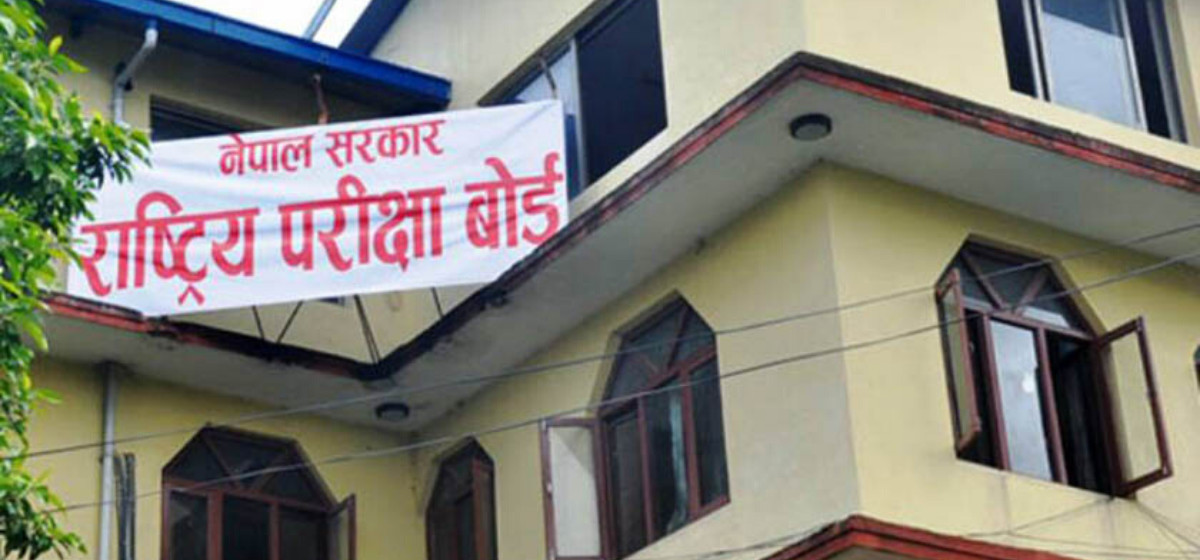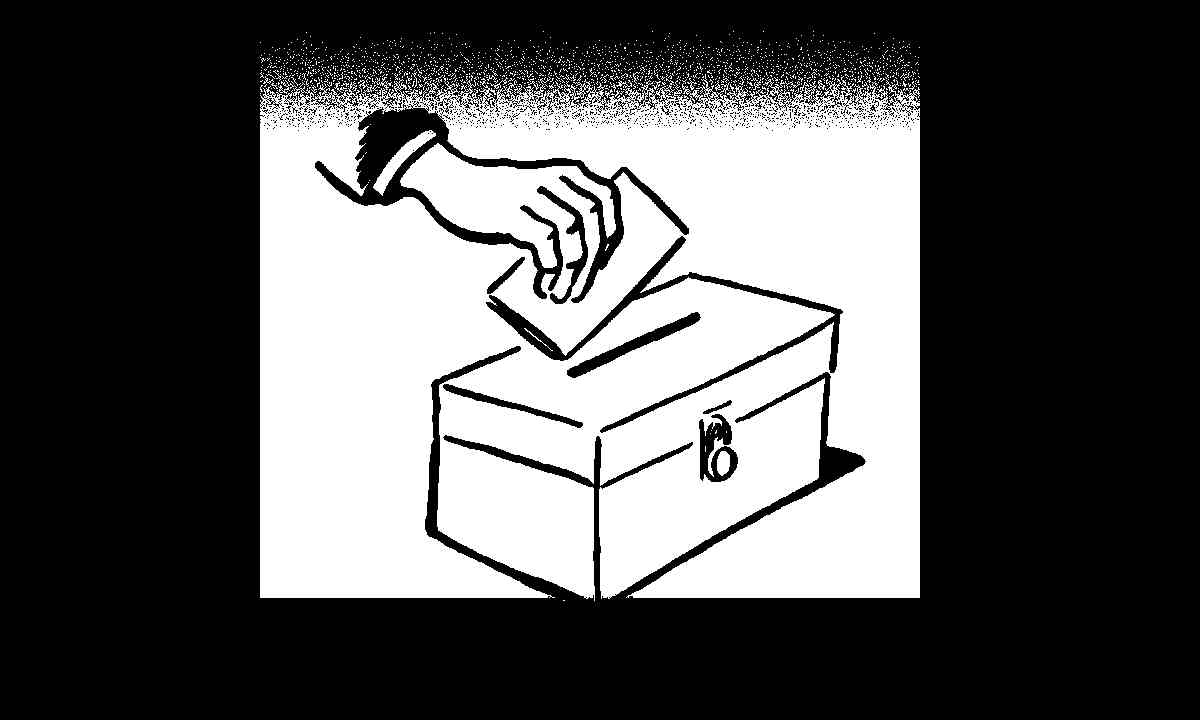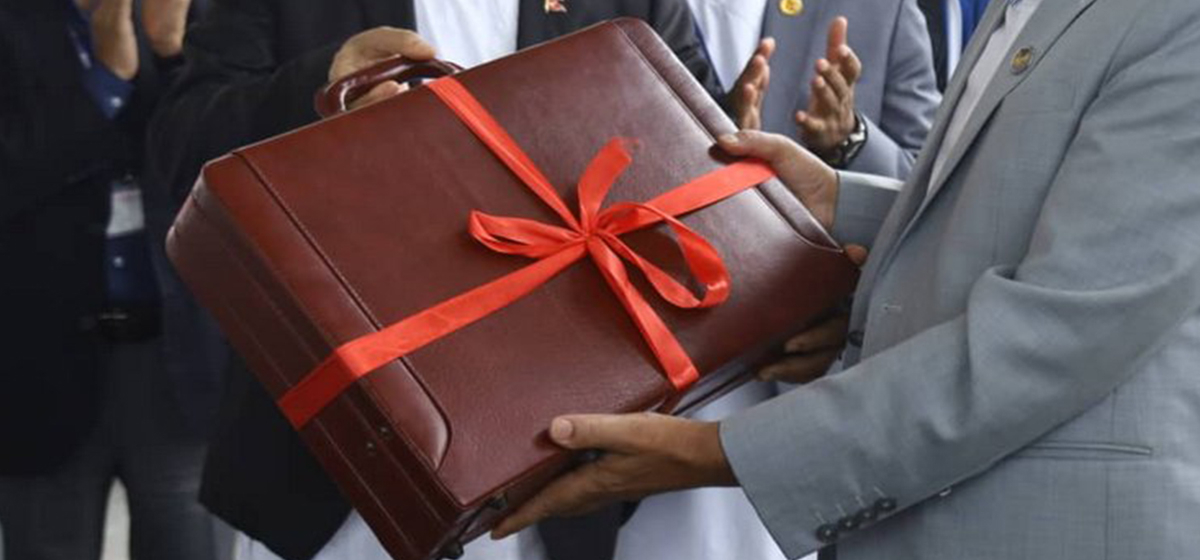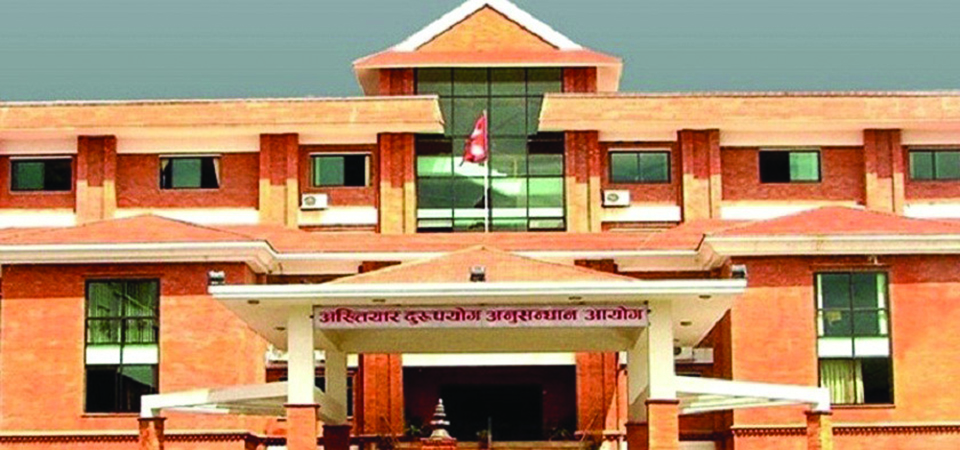
OR
Opinion
Reorganization of Curriculum to Curb Rate of Failure
Published On: January 11, 2023 09:15 AM NPT By: Babu Lama


Babu Lama
The author is a lecturer at the Department of English at Vinayak Siddha College, Chabahil, Kathmandu.news@myrepublica.com
More from Author
The National Examination Board must revise or reorganize the curricula according to the needs and interests of twenty-first-century learners to improve examination results.
The National Examinations Board (NEB) recently published the results of Grade XII examinations which were held at 1,292 exam centers across the nation from May 16 to 25 last year. Of the 363,008 examinees, only 48 percent passed. The remaining 52 percent have been placed in the non-grading category. This means, 1,88,410 students have scored less than 30 in any one or more subjects of which 36 percent or 130,878 students scored less than 35 in one or two subjects. Therefore, according to arrangements that were put in place by the NEB, they reappeared in the grade-improving examinations held on October 16 and 17. Whereas, 16 percent or 57,532 students under non-grading category, were completely barred from joining the university for failing in more than two subjects. By misfortune, they will have to repeat the entire course. Here a very important question arises: why do so many students fail in the national examinations every year?
Regardless of the utmost efforts of the teachers, a large number of students fail in the national examinations; this is a national tragedy. This contributes to the low graduation rates and eventually to the shortfall of required workforces within a few years down the line. Needless to say, this will also result in lasting damage to the student's self-esteem and has an adverse lifetime influence on them.
Who should be blamed for the students’ failures and the damage caused to their life? In our country, there is a tendency of blaming the teachers for this. Though in a progressive education system, the students’ failure is always equated with teachers’ failure, the teachers are not the mere reason. There are multiple dimensions that come into play behind this, including the rigidity of the national curriculum, lack of students' interest in education or in the subject and their regular absenteeism, poorly-designed courses and lack of their relevance in real life, parental unconcern for the education of their children, school politics, community’s trend and influence on the students, spoon-feeding at home and school, frequent teachers turnover, business orientation of academic institutions, poor pedagogical and content knowledge of the teachers and crisis like Covid-19.
The Covid-19 pandemic has largely affected the results of national-level examinations over the past couple of years. Despite academic institutions switching to online mode of delivery with prolonged lockdown imposed by the government, this turned out to be ineffective since many children in Nepal are from low-income and disadvantaged family groups who didn’t have access to the internet and digital devices. Even in the major cities, only a handful of colleges successfully launched online classes owing to the lack of digital literacy on the part of both teachers and students. In particular, online mode of teaching became sheer futile for the differently-abled students. In addition, in between, the problem of teacher’s turnover surfaced due to the problem with timely payment. This directly negatively impacted the overall learning of the students.
Of the 35,601 elementary and secondary schools in Nepal, 6,566 are privately owned. All academic institutions are bound by the inflexible curriculum prepared by the government and the Grade XII exams are provisioned to be conducted and examined by the NEB. On the other hand, a majority of instructors at colleges are part-timers who spread over multiple colleges to earn a living and unfortunately, therefore, can’t give personalized care to the students. Furthermore, many students fail due to the lack of motivation, too. Many of them come to class either to have a good social time or to take part in athletics, or to avoid real-time jobs at home. Due to that lack of motivation, they get disengaged from the class and absenteeism surfaces as a regular problem with them. Many students are heavily influenced by their society. For example, many of them who come from low socio-economic and poor education background families manifest their inclination more towards earning or going abroad and less in academics. Many students fail because of this , too.
The government’s policy is another reason. There isn’t an alignment between the course book writers, curriculum designers, instructors, question paper setters, and examiners. To curtail the failures, the government should recruit teachers with a wealth of teaching experience at a particular level to write the books, prepare the questions and examine the answer sheets of the students in the exams. Otherwise, with the current practices, the tragedy is sure to reoccur in the future too.
The part-time teachers of institutional colleges are grossly underpaid. Yet, they have to bear the burden of handling overcrowded classes since the colleges are run with the business orientations and recruit as many students as possible. Similarly, the full-time teachers are assigned many classes and with a large number of students in the class with many extra duties, it’s almost a foregone conclusion they cannot give individual attention to the students’ personal needs. The teachers, who are heavily loaded with several tasks, spread their time across multiple colleges a day in pursuit of earning a living. However, owing to the large class size, simultaneous classes, meager salaries, and benefits, it’s not even difficult for a layperson to realize the instruction is far below par.
There are several ways to curb this disaster. One of them is a reorganization of the curriculum. The curriculum must be revised or reorganized according to the needs and interests of twenty-first-century learners since they remain away from the things in which they have no abiding interest. This can be done by making the curriculum more multidisciplinary, splitting into several semesters that provide a wide range of offerings such as English, commerce, entrepreneurship, technology, agriculture, sports, music, law, Mathematics, literature, history, and manual arts, and so forth. In addition, the government has to be always prepared to combat a potential Corona-like crisis in the future, for which, required infrastructures must be put in place, and education workforces should be equipped with digital literacy through training. Furthermore, to flourish the creativity of the teachers and the students, and make them more proactive, the institutions should be allowed to autonomously conduct the exams and publish the results. Otherwise, when the entire educational process is governed by the NEB or government, making the curriculum inflexible, the teachers become restless, pupils lackadaisical and the result is a failure for many. Also, parents should demonstrate genuine interest in the education of their children. For instance, they should manifest an interest not only in the school and program but also in the kind of teachers with whom their children are associating.
To conclude, the government should build the infrastructures and train the education workforces accordingly to make sure that the smooth online mode of delivery can be made to cater to the children at the time of crisis in the future. Likewise, since among many factors behind the students' failures in the examinations, students’ motivation, pedagogical approach, and curriculum precede all, the curriculum should be remodeled to cater to the diverse needs and interests of twenty-first century students, coupled with an adoption of more participatory and experiential method of teaching, dismantling the deep-rooted conventional approach- a mere oral recitation. Putting these measures in place, the rates of failures in the examinations can be improved and a better future for the students can be secured.
You May Like This

NEB completes all preparations for SEE, 23 students participating from Japan
BHAKTAPUR, March 21: The National Examination Board (NEB) has said that all preparations for the Secondary Education Examination (SEE) to... Read More...

Provincial governments to conduct SEE now on
KATHMANDU, Dec 20: The provincial governments have been entrusted with the reasonability to conduct the Secondary Education Examination (SEE). ... Read More...

SEE from March 24
BHAKTAPURr, Nov 29: The National Examination Board is set to conduct this year's Secondary Education Examination (SEE) from Chaitra 10... Read More...


Just In
- JSP Central Executive Committee meeting today
- Ambassador Adhikari presents his letter of credentials to Turkish President Erdoğan
- Bajhang by-election: Construction of Taklakot Road is common election agenda of candidates
- Meeting of Finance Committee being held today to discuss 2025/25 budget
- Stakeholders call for transparency as Beijing pushes for early implementation of BRI projects in Nepal
- Special Court orders judicial custody for Sunil Paudel over illegal wealth acquisition charges
- District Court Rautahat sentences four individuals including Aftab Alam to life imprisonment
- Class 12 exam starts today with participation of over 390,000 candidates
















Leave A Comment